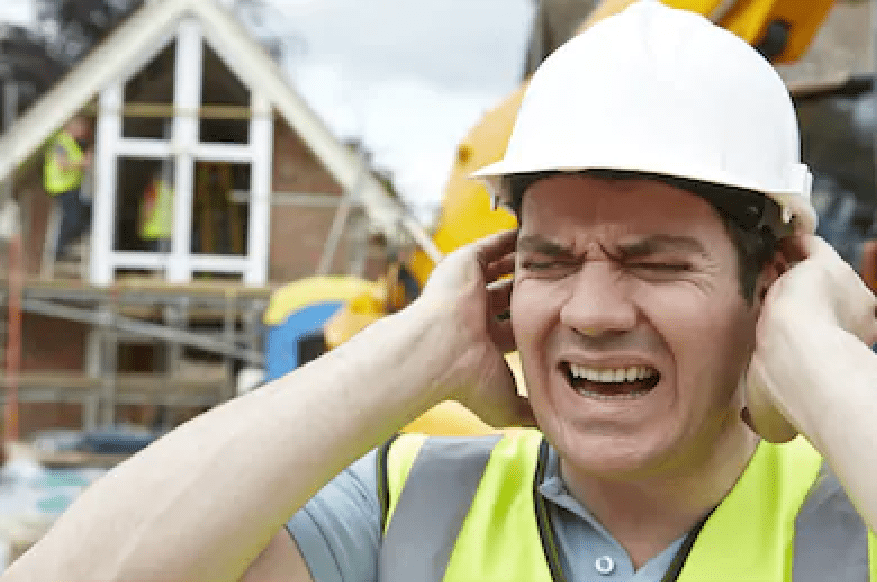According to Hearing Australia, hearing loss is when your ability to hear is reduced, making it more difficult for you to hear speech and all the other sounds of life.
‘Hearing loss affects approximately one in seven people in Australia’ – HCIA (2017)
Safe Work Australia (2019) notes that work-related noise-induced hearing loss is a preventable but irreversible condition that affects many Australian workers. Dangerous levels of noise are over 85 decibels across an 8-hour shift or a maximum noise level of 140 decibels. This may include tasks using a sledgehammer, front-end loader, lawn mower or a chainsaw.
According to Worksafe Australia (2019), if an employee needs hearing protection to reduce their exposure below the standard, you must provide audiometric testing within three months of when they start the relevant work, and at least every two years.
Worksafe Health Victoria provide hearing tests to workplaces to help you protect your employees and organisation – please contact us on [email protected]
Occupations that are connected to occupational hearing loss include:
- Factory workers;
- Entertainment venue employees;
- Musicians;
- Farmers;
- Construction workers;
- Coaches and game officials;
- Pre-school teachers and cafeteria workers;
- Surgeons using medical drills;
- Military personnel;
The good news is, ‘Over a third (37%) of adult hearing loss is preventable’ – HCIA (2017).
How can your workplace help prevent employees from hearing loss?
- Provide employees with necessary personal protective equipment including ear plugs or ear muffs when performing tasks or visiting sites using machinery that is greater than 85 decibels;
- Provide appropriate training to employees;
- Provide appropriate education to employees;
- Rotate employees between noisy and quiet jobs;
- Ensure all levels of management, from office workers to tradespeople are aware of dangerous levels of noise and the necessity to wear protective equipment when exposed;
- Introduce engineering controls, such as adding material to reduce vibrations on machines, fitting silencers to air exhausts and blowing nozzles;
- Erect enclosures around machines to reduce the amount of noise emitted into the environment;
- Use barriers and screens to block the direct path of sound;
- Position noise sources further away from workers;
Please contact us should you require education to your staff or hearing tests – [email protected]
